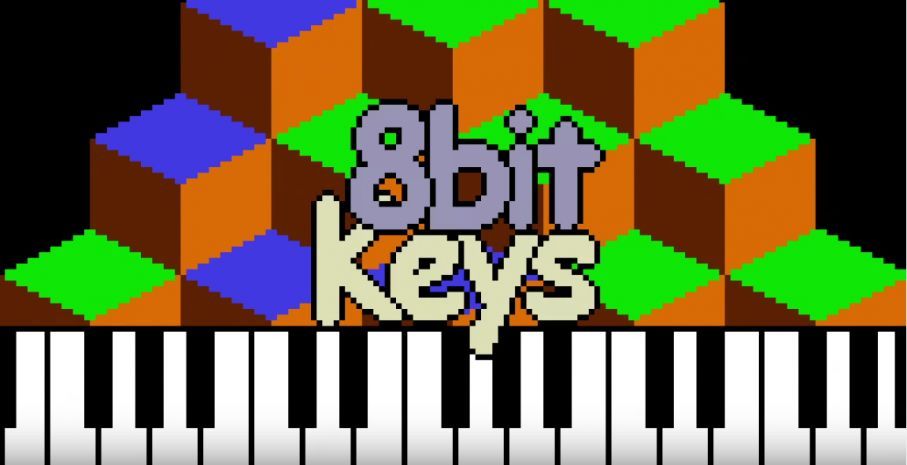Mastering MONTAGE Video Series!
Here is the playlist containing all of the Mastering MONTAGE videos:
Here are some new, video-focused articles now available here on YamahaSynth.com:
MONTAGE 101. New to MONTAGE? Check out “MONTAGE 101” featuring Product Specialist Tony Escueta. These six videos cover basic user interface controls and navigation.
MONTAGE 201. A great follow up to the MONTAGE 101 miniseries are these three videos. Product Specialist Tony Escueta shows how to Layer and Split Parts in a Performance, save custom Scenes for quick recall of mix settings and reassign physical controllers to suit your playing style.
Mastering MONTAGE: Inside the Performance. Understanding how Performances function is an important aspect of learning MONTAGE. Music Production Product Specialist Blake Angelos takes you “Inside the Performance” with this 4-part miniseries. The Single Instrument Multi Part Performance and the concept of Gallery Performances are the focus of this miniseries.
Mastering MONTAGE: An Analysis of the MONTAGE Performance “Moving Floor”. The follow up to the “Inside the Performance miniseries, this 22-minute video dissects the Performance “Moving Floor” and shows what is happening within each Part.
Cubase Setup
Connecting MONTAGE to Cubase is the focus of this miniseries featuring Phil “Bad Mister” Clendeninn. The series has been enhanced with videos centering on MIDI and audio connection, recording Arpeggios and internal settings of MONTAGE:
Mastering MONTAGE: Getting Started with Cubase
Mastering MONTAGE: MIDI Rec on DAW (2 Videos)
Mastering MONTAGE: Arp Rec on DAW
Mastering MONTAGE: Audio Rec on DAW, Part 1
Mastering MONTAGE: Audio Rec on DAW, Part 2
Exploring the MONTAGE Motion Control Synthesis Engine
Ready to go deep? Videos have been added to Phil “Bad Mister” Clendeninn’s existing Mastering MONTAGE article series – taking you inside the powerful MONTAGE Motion Control Synthesis engine, Super Knob programming, controller setups, Motion Sequences and the Envelope Follower. These articles have now been updated to include new video segments:
Mastering MONTAGE 1: The Super Knob
Mastering MONTAGE 2: Super Knob Common
Mastering MONTAGE 3: Super Knob Unipolar
Mastering MONTAGE 4: Super Knob Bipolar
Mastering MONTAGE 5: Super Knob Morph (2 Videos)
Mastering MONTAGE 9: Controller Box Switches
Mastering MONTAGE 12: Motion Sequence
Mastering MONTAGE: The Envelope Follower
Ready to start creating your own amazing sounds? Begin your journey to Mastering MONTAGE now – and join the conversation about the videos and this series on the Forum here.
And stay tuned – there is always something new here on YamahaSynth.com!

